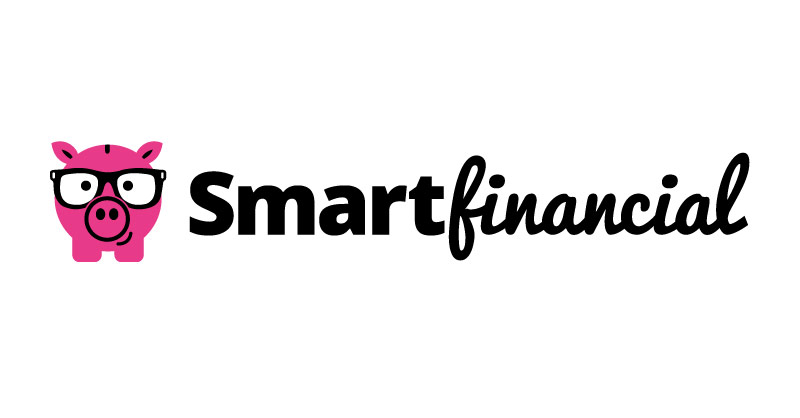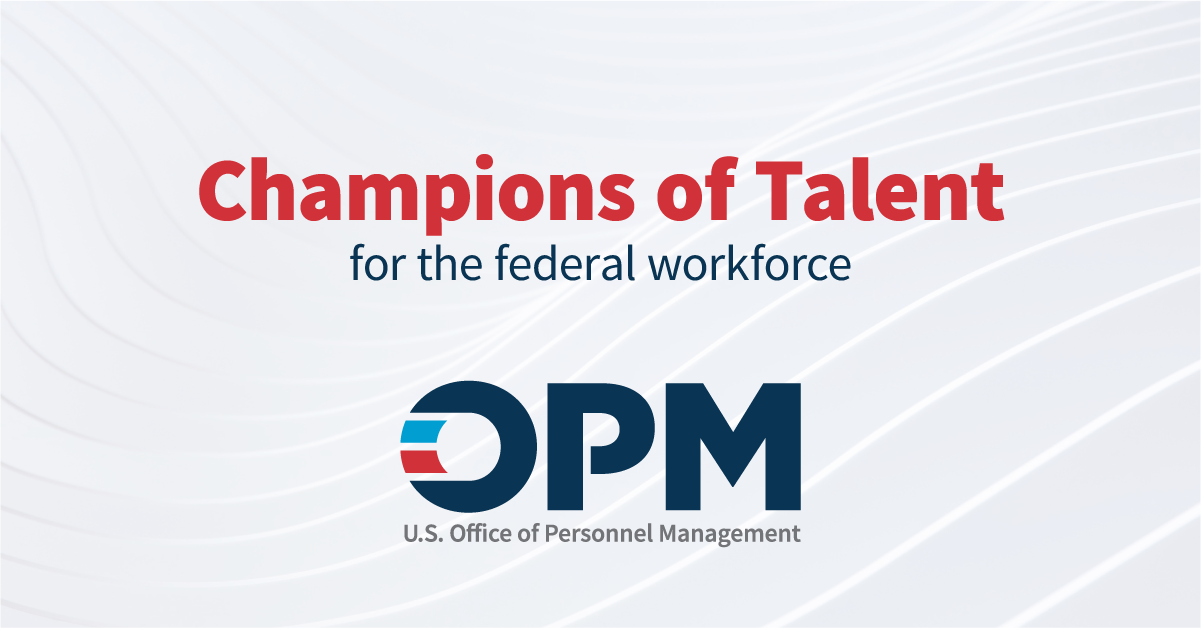Welcome to opm.gov
Topic
HSA
HRA
HCFSA
LEX HCFSA
What does the acronym stand for?
Health Savings Account
Health Reimbursement Arrangement
Health Care Flexible Spending Account under the FSAFEDS Program
Limited Expense Health Care Flexible Spending Account under the FSAFEDS Program
Legal Authority
Medicare Prescription Drug, Improvement, & Modernization Act of 2003 and supplemental guidance from the IRS
IRS Guidance 2002-45
Internal Revenue Code Section 125
Same as HCFSA
Who is eligible?
The FEHB member must be enrolled in a High Deductible Health Plan (HDHP). The member may not be enrolled in other general medical insurance coverage, an FSAFEDS Health Care Account, or Medicare and may not be claimed as a dependent on another person's tax return (but may be a spouse filing jointly).
The FEHB member must be enrolled in an HDHP. HDHP enrollees who are not eligible for an HSA are provided an HRA.
Federal employees in executive branch agencies and other agencies offering FSAFEDS are eligible for an HCFSA. Except for members of Congress and congressional staff members, employees must also be eligible to enroll in FEHB to be eligible for an HCFSA.
The LEX HCFSA is designed for employees eligible for the FSAFEDS Program who are enrolled in an HDHP with HSA.
Who "owns" it?
FEHB member
The health plan
Employee
Employee
Source of Funds
The health plan's monthly "premium pass through" is deposited into the member's account. Individual voluntary contributions can be made directly to the account to bring the account to the maximum amount.
The health plan credits a portion of the premium to the HRA. FEHB health plans may credit the annual amount at the beginning of the plan year. Individual contributions are not allowed.
The employee funds the account. The employee makes an annual election (up to $2,700 since 2019). The election is divided into allotments based on the number of pay dates in the plan year. Every pay date, an allotment is deposited directly into the employee's account.
Same as HCFSA.
Will my balance be forfeited after a certain amount of time?
No.
The health plan's credits must be used wfor qualified medical expenses while the member is covered by that plan. Unused credits are forfeited if the member terminates employment, (other than retirement) or changes health plans.
Yes. Unused balances are forfeited except that qualifying employees may carry over up to $500 to an HCFSA in the next benefit year. Expenses must be incurred by the end of the 12 month benefit period (or by termination of employment, if before the end of the benefit period) and claims must be filed by the deadline. Otherwise, the employee loses unused funds in excess of $500, or all unused funds if the employee does not qualify for carryover.
Same as HCFSA.
Can unused amounts carry over from year to year?
Yes. The FEHB member owns the account and any contributions made to it, regardless of the source or timing of the contribution.
Yes. Unused credits carry over year to year as long as the FEHB member remains in the sponsoring health plan.
Employees can carry over up to $500 into another HCFSA in the next benefit year. To qualify, employees must be employed by an FSAFEDS participating agency and making payroll contributions though December 31st. Employees must also actively re-enroll in an HCFSA for the next benefit year. Claims for reimbursement must be submitted by April 30 following the end of the Plan Year.
Same as HCFSA.
What type(s) of corresponding health plan is allowed?
Amounts/limits are indexed for inflation.
HRAs are available with an HDHP for those not eligible for an HSA.
Employees who are not enrolled in FEHB can still enroll in an HCFSA.
This account is designed for employees enrolled in an HDHP with an HSA.
Is the account portable?
Yes. The FEHB member owns the account and keeps the account even if the member changes health plans or leaves Federal employment.
Credits in an HRA are forfeited if the member leaves Federal employment (except for retirement) or changes plans.
Only if the employee transfers between agencies that both participate in FSAFEDS.
Same as HCFSA.
Does interest accrue?
Interest accrues on a tax-free basis in qualified HSAs.
Credits in an HRA do not earn interest.
Interest does not accrue.
Same as HCFSA.
Who determines the contribution amount?
The health plan determines the amount of the annual "premium pass through." Individual voluntary contributions plus the annual "premium pass through" may not exceed the total annual contributions allowed by the IRS. For 2018, HSA holders can choose to save up to $3,500 for an individual and $7,000 for a family (including contributions from their health plan).
The health plan determines the portion of the health plan premium credited to the HRA. The credit to the HRA is not taxable income to the FEHB member. Individual contributions are not allowed.
OPM determines the minimum and maximum annual amount each employee can contribute. Within these amounts, the employee decides how much to contribute. Since 2018, the minimum annual contribution is $100 and the maximum is $2,700.
Same as HCFSA.
Is there a "catch up" contribution provision for older workers?
Yes, an additional $1,000 contribution is allowed. These contributions "above the line" deductions on the member's Federal income tax. FEHB members from ages 55 up to age 65 may contribute the catch up contribution to their account per year, until they are enrolled in Medicare (age 65).
No.
No.
No.
Will my salary contributions be a pre-tax reduction to fund my account?
Eligible Federal employees who are enrolled in HDHPs can make pre-tax allotments to their HSAs through their payroll self service system. Your own voluntary HSA contributions are either tax- deductible or pre-tax (if made by payroll deduction). See IRS Publication 969
Not applicable.
Yes.
Yes.
What is the tax treatment for FEHB members?
An FEHB member's voluntary contributions are tax deductible, up to the annual maximum allowable amount. Account distributions are tax-free as long as funds are spent on qualified medical expenses.
Reimbursements are limited to qualified medical expenses and are tax-free.
Employee contributions to an HCFSA are pre-tax and therefore reduce annual taxable income, including FICA taxes. Reimbursements are only allowed for eligible medical expenses.
Same as HCFSA, except reimbursements are only allowed for eligible dental and vision expenses.
What expenses qualify for distribution?
Qualified medical expenses defined under §213(d) of the Internal Revenue Code (IRC), except for amounts distributed to pay health insurance premiums. HSAs can be used to pay premiums for (1) Temporary Continuation of Coverage (TCC), (2) Long Term Care Insurance (3) retiree health insurance premiums including Medicare after age 65 (4) health insurance premiums while receiving unemployment compensation.
Qualified medical expenses defined under §213(d) of the Internal Revenue Code (IRC) (including health care, Medicare insurance premiums and qualified Long Term Care Insurance premiums) except for medical expenses explicitly prohibited from reimbursement by FEHB law.
Eligible medical expenses are listed on www.FSAFEDS.com.
Eligible dental and vision care expenses are listed on www.FSAFEDS.com.
Can funds be used for non-medical expenses?
Yes, but non-health care distributions are included in gross income and subject to a 20% penalty if under age 65.
No.
No.
No.
Must a medical expense be incurred during the plan year that the contribution is made?
No. However, reimbursements cannot be made for expenses incurred prior to the establishment of the account.
No. However, reimbursements cannot be made for expenses incurred prior the effective date of plan enrollment.
Expenses must be incurred between the effective date of enrollment and December 31st and claims must be filed by April 30th following the end of the Plan Year to be eligible for reimbursement.
Same as HCFSA.
Is the annual amount of the contribution available on the first day of coverage?
No. Only the amount of the accumulating health plan monthly "premium pass through" and the individual's voluntary contributions to date are available for reimbursement.
It depends on the way the health plan chooses to administer this benefit. Please check your plan brochure for the full statement of benefits.
Yes. The annual amount the employee elected is available on the first day of coverage regardless of the amount contributed by the date of the reimbursement request.
Same as HCFSA.
Is proof of expenses required?
No, however the member should be prepared to substantiate to the IRS the expense has been incurred, the amount of the expense, and its eligibility.
Yes. IRS regulations governing HRAs require each claim be substantiated by an "explanation of benefits" statement or through itemized receipts.
Yes. IRS regulations governing HCFSAs require each claim be substantiated by an "explanation of benefits" statement or through itemized receipts.
Same as HCFSA.
Can it be integrated with other accounts?
Members are not eligible for an HSA if they have other health insurance that is not also a high deductible health plan, unless it is a limited expense HCFSA. If the FEHB member is enrolled in an HDHP with an HSA, participation in a general HCFSA is not allowed.
Yes. If the FEHB member is enrolled in an HDHP with participation in an HCFSA is allowed. Also, if HSA eligibility is lost during the plan year, the member may then have an HRA.
Yes. HCFSA enrollees can have HRAs, but not HSAs.
Yes. LEX HCFSA enrollees can have HSAs.























